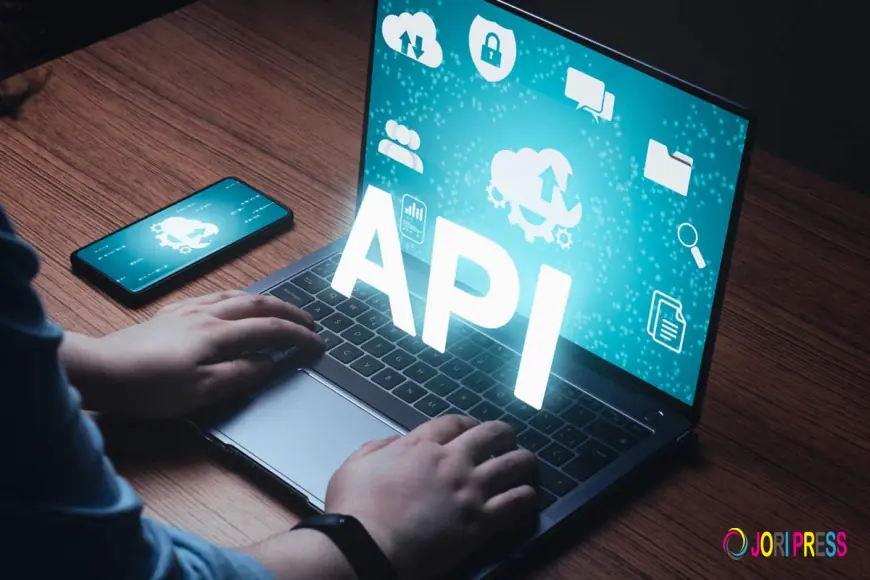What Are the Key Benefits of API Monitoring for Modern Applications?

In today’s interconnected digital landscape, APIs (Application Programming Interfaces) are the backbone of modern applications. They enable seamless communication between systems, facilitate integrations, and drive the functionality of web, mobile, and cloud applications. However, the increasing reliance on APIs also brings challenges in performance, security, and reliability. This is where API monitoring becomes crucial.
API monitoring ensures that organizations can track, measure, and optimize the performance of their APIs. By leveraging the right API monitoring tools, businesses can prevent downtime, enhance user experience, and maintain service quality. In this blog, we’ll explore the key benefits of API monitoring, the different tools available—including API monitoring tools open source options—and why API performance monitoring is essential for modern applications.
Understanding API Monitoring
API monitoring refers to the practice of continuously tracking APIs to ensure they are functioning correctly and performing optimally. It involves checking API endpoints, response times, data integrity, and overall system health. Monitoring APIs helps organizations detect errors, slowdowns, or failures before they impact users or business operations.
Modern applications rely heavily on APIs to connect services, share data, and support complex workflows. Any downtime or poor performance in these APIs can result in dissatisfied customers, lost revenue, and potential reputational damage. By implementing API performance monitoring, organizations gain visibility into their APIs’ behavior and can proactively address issues.
Key Benefits of API Monitoring
1. Enhanced Performance and Reliability
One of the primary advantages of API performance monitoring is improved performance. Monitoring tools track metrics like response times, throughput, and error rates. This enables developers and IT teams to identify bottlenecks, latency issues, or underperforming endpoints.
By continuously analyzing these metrics, organizations can optimize their APIs, ensuring faster response times and higher reliability. This is particularly important for mission-critical applications where downtime can result in significant business losses.
2. Proactive Issue Detection
API monitoring tools allow organizations to detect potential issues before they escalate into major problems. Automated alerts notify teams when an API is slow, failing, or returning unexpected results.
Proactive detection helps reduce downtime, improves user experience, and allows teams to fix issues quickly. Whether it’s a temporary server glitch or a misconfigured endpoint, monitoring ensures problems are identified and addressed promptly.
3. Comprehensive Insights into API Usage
Monitoring provides valuable insights into how APIs are used. By analyzing traffic patterns, request types, and endpoint usage, organizations can understand which APIs are most critical and how users interact with them.
These insights enable better resource allocation, capacity planning, and scaling strategies. They also help in identifying underutilized APIs that may need optimization or deprecation.
4. Improved Security and Compliance
APIs are often gateways to sensitive data, making them potential targets for malicious attacks. API monitoring tools open source and commercial options often include features to detect abnormal behavior, unauthorized access attempts, or suspicious traffic patterns.
By integrating API monitoring with security protocols, organizations can enhance API performance monitoring while ensuring data security and regulatory compliance. Monitoring helps maintain audit trails, supports compliance API requirements, and reduces the risk of breaches.
5. Better Collaboration Between Teams
Modern applications often involve multiple teams—developers, operations, QA, and product managers. API monitoring tools provide a unified platform for these teams to view API performance data, track issues, and coordinate fixes.
With shared dashboards and real-time alerts, teams can work together more efficiently. This collaborative approach leads to faster resolution times, better API reliability, and higher customer satisfaction.
6. Cost Efficiency and Resource Optimization
By identifying performance issues early, API monitoring helps organizations avoid costly downtime or emergency fixes. Continuous monitoring also enables better planning for infrastructure and resource allocation, reducing unnecessary expenditures on servers, bandwidth, or third-party services.
Open source API monitoring tools provide a cost-effective way for organizations to implement robust monitoring without significant investment, making them ideal for startups and mid-sized businesses.
Types of API Monitoring Tools
There are various API monitoring tools available, each designed to meet specific needs. These include:
-
Open Source API Monitoring Tools: These are cost-effective, customizable, and ideal for organizations that want control over their monitoring setup. Examples include tools that support automated tests, alerts, and dashboards.
-
Commercial API Monitoring Tools: These often provide advanced features such as AI-powered analytics, real-time alerts, and integration with other DevOps tools.
-
API Performance Monitoring Tools: Focused on tracking response times, uptime, and error rates, these tools provide insights into API health and performance.
Choosing the right tool depends on the organization’s size, budget, and specific requirements. Open source options are especially beneficial for teams with technical expertise who want to build a tailored monitoring system.
Best Practices for API Monitoring
To maximize the benefits of API monitoring, organizations should follow these best practices:
-
Monitor All Critical Endpoints: Ensure that every important API endpoint is monitored continuously.
-
Set Performance Benchmarks: Define acceptable response times and error rates to identify performance issues quickly.
-
Use Automated Alerts: Configure notifications for failures, slow responses, or unexpected behavior.
-
Integrate Monitoring with DevOps: Include monitoring in CI/CD pipelines to catch issues early in the development process.
-
Regularly Review Metrics: Analyze trends over time to optimize performance and anticipate potential problems.
Following these practices ensures that monitoring adds maximum value to API operations.
The Future of API Monitoring
As APIs continue to drive digital transformation, the importance of API monitoring will only grow. Emerging trends include:
-
AI-powered predictive monitoring to anticipate performance issues.
-
Deeper integration with API gateways for end-to-end monitoring.
-
Advanced analytics for user behavior and traffic pattern analysis.
-
Cloud-native and open source solutions for flexible, scalable monitoring.
Organizations that adopt proactive monitoring strategies today will be better equipped to manage performance, security, and user expectations in the future.
Conclusion
API monitoring is no longer optional—it is a necessity for modern applications that rely on seamless connectivity and high performance. By using API monitoring tools, including open source options, and implementing API performance monitoring practices, organizations can enhance reliability, improve security, and deliver superior user experiences.
From proactive issue detection to cost efficiency, the benefits of monitoring APIs extend across operational, strategic, and compliance dimensions. By following best practices and leveraging the right tools, businesses can ensure their APIs are fast, secure, and always available, supporting the digital ecosystem that modern applications depend on.
What's Your Reaction?
 Like
0
Like
0
 Dislike
0
Dislike
0
 Love
0
Love
0
 Funny
0
Funny
0
 Angry
0
Angry
0
 Sad
0
Sad
0
 Wow
0
Wow
0

















































